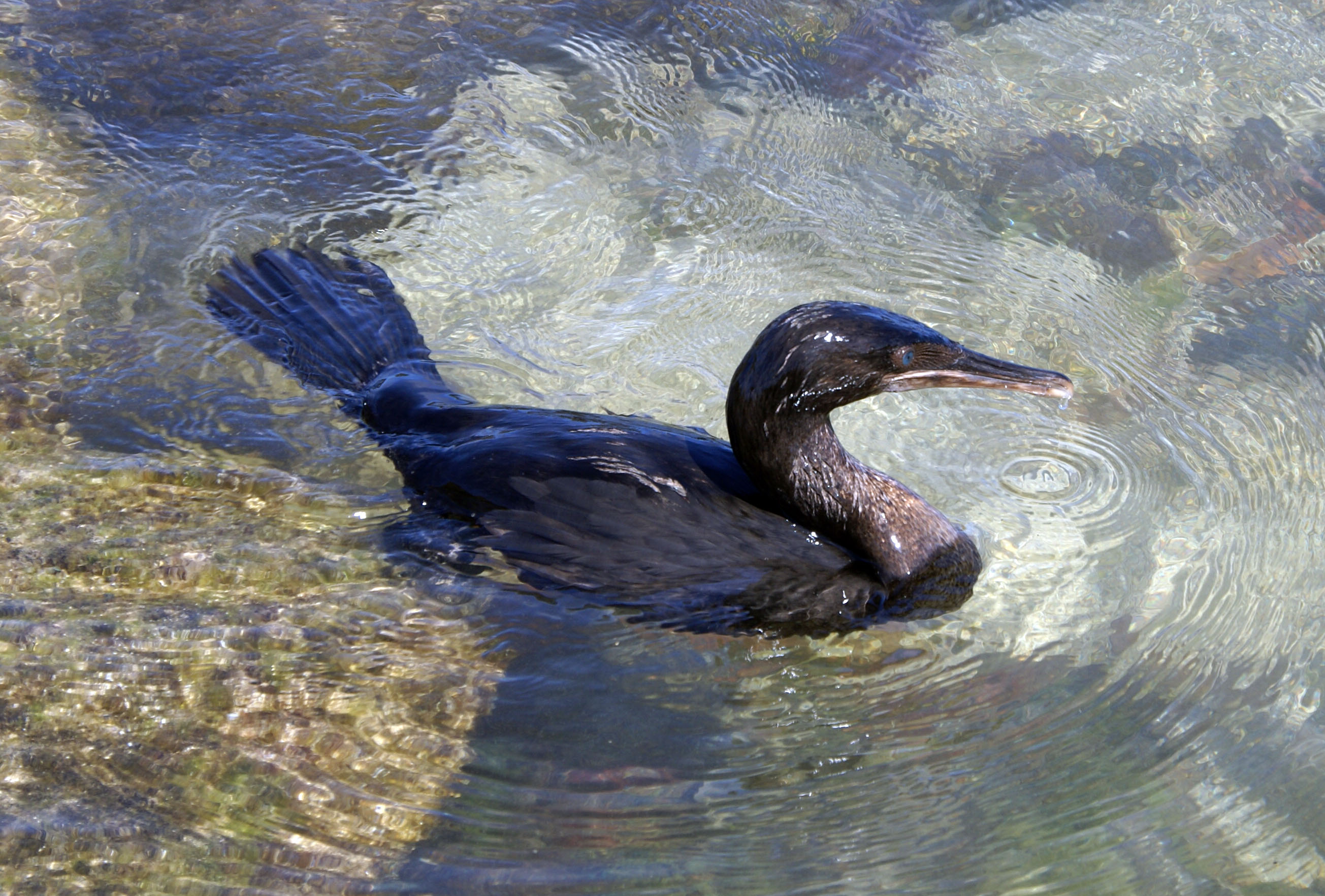Selenoproteins are a group of proteins that contain at least one selenocysteine (Sec) in their sequence. This amino acid is codified by UGA, which is considered as a STOP codon, thus a decodification of this codon is need it to incorporate Sec. Furthermore, this incorporation also depends on a mRNA secondary structure called SECIS elements. Selenoproteins have been conserved through evolution, making them an easy target to phylogenetic analysis. However, identification of these proteins in sequence databases is challenging because most of sequence annotators recognizes Sec UGA codon as STOP signals.
The aim of our study is to predict the selenoproteins of Nannopterum harrisi, a flightless seabird located in Galapagos Islands. In order to achieve our objective, selenoproteins of Nannopterum harrisi were characterized by applying gene prediction and phylogenetic reconstruction methods and supplemented it with the analyses of SECIS elements as well as the presence of the selenocystein aminoacid. For the prediction of selenoproteins an homology-based approach with the Taeniopygia guttata and Gallus gallus proteome annotated in SelenoDB 2.0 was used. Besides, different bioinformatic tools such as BLAST, Exonerate, T-Coffee, Seblastian and SECISearch3 were employed. In addition, a informatic program was designed to automatize the process.
To conclude, 37 selenoproteins were predicted and a high selenoproteome conservation was observed between Taeniopygia guttata and Nannopterum harrisi.



